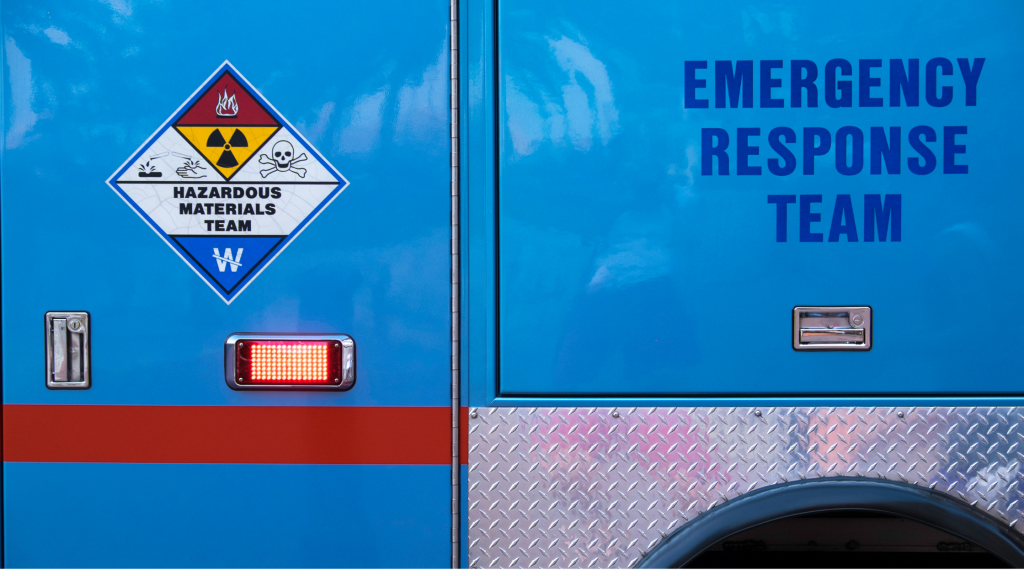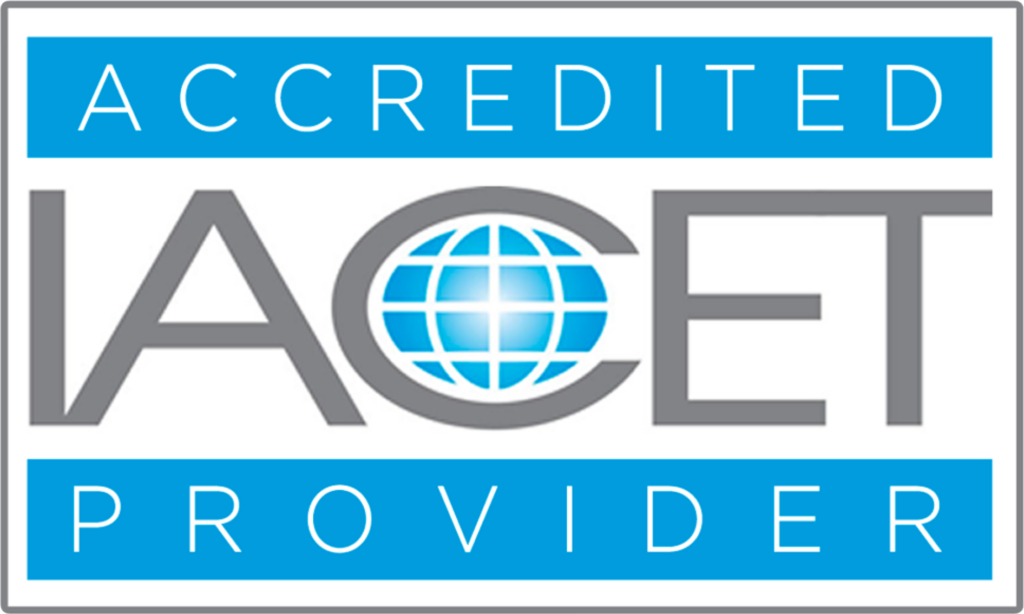
The 5 Strategic Advantages of Certifying Your BSL-3 Facility
Biosafety Level 3 (BSL-3) incidents are rare, yet their repercussions are monumental. Operating at BSL-3 demands meticulous protocols and unwavering risk mitigation. While rare, any lapses can have far-reaching and potentially devastating consequences. In this article, we explore the significance of BSL-3 certification. Even though it may not be mandatory in your country, it proves to be a vital strategic move. 1. Professional Accountability In a Biosafety Level 3 (BSL-3) facility, professional accountability emerges as the first compelling intention. Activities in a BSL-3 facility include the propagation of high-risk pathogens and long-term storage. This entails a profound responsibility. Researchers operating within BSL-3 facilities are accountable for ensuring not only their safety but also the safety of their colleagues, the community, and the environment. Certification acts as a tangible manifestation of this commitment, demonstrating to stakeholders and regulatory bodies that the organization embraces the gravity of their work. Beyond biosafety, BSL-3 certification also underscores the importance of stringent biosecurity measures, ensuring the safeguarding of these pathogens against unauthorized access and potential misuse. By obtaining BSL-3 certification, operators signal their dedication to maintaining the highest standards of both biosafety and biosecurity, fostering a culture of responsibility and accountability within the facility and beyond. 2. Public Health Preparedness Biosafety Level 3 (BSL-3) facilities play an indispensable role in public health preparedness. When a pandemic strikes, BSL-3 facilities stand at the forefront of the fight, equipped with the expertise and infrastructure necessary to handle and analyze high-risk pathogens. These facilities serve as vital hubs for research, diagnostics, and the development of therapeutic interventions. BSL-3 certification, in this context, becomes a strategic asset, signifying a commitment to being at the forefront of global health emergencies. It positions the facility to swiftly and effectively respond to emerging threats, contributing significantly to public health resilience and preparedness on a global scale. When the real test of a pandemic arrives, a certified BSL-3 laboratory signifies a prepared laboratory, with competent professionals adeptly executing their roles, ensuring a prompt and effective response to safeguard public health. 3. Creating a Safe and Secure Culture In a certified BSL-3 facility, a dedicated commitment to establishing a culture of biosafety and biosecurity is evident. This certification stands as a tangible testament to the management’s unwavering dedication to continuously enhancing biosafety and biosecurity measures. It mirrors a proactive approach towards nurturing a workplace culture that places the well-being of its staff and the integrity of its operations at the forefront. The certification process mandates rigorous adherence to standards, promoting continuous training and evaluation. This level of commitment resonates with the laboratory personnel, instilling confidence that their management is wholeheartedly invested in cultivating an environment where biosafety and biosecurity take precedence. 4. Safety Equals Quality A certified BSL-3 facility not only prioritizes safety and security but also indirectly contributes to the overall quality of results. Taking reference from the World Health Organization’s Handbook on Laboratory Quality Management System, laboratory safety is a cornerstone for establishing robust laboratory practices. By fostering a culture of strict adherence to biosafety protocols, certified BSL-3 facilities systematically integrate quality management principles into their daily operations. This meticulous approach not only safeguards the well-being of personnel but also ensures the integrity of laboratory processes. As safety practices become ingrained in the laboratory’s ethos following international quality management principles, the probability of errors and contamination diminishes, leading to consistently high-quality research outcomes. In essence, the commitment to safety in a certified BSL-3 facility reinforces the crucial connection between safety practices and the reliability of scientific results. 5. International Collaboration Opportunities A certified BSL-3 facility, known for its adherence to rigorous safety and security standards, builds credibility and trust within the scientific community. Collaborators and funding agencies, especially those from different countries, are more likely to engage with a facility that is recognized for its commitment to maintaining high-quality, safe, and secure research environments. BSL-3 facilities that demonstrate adherence to internationally recognized certification standards also make themselves attractive partners for collaborations assuring that research will be conducted in a secure environment, minimizing the likelihood of accidents or incidents. Conclusion In the pursuit of scientific excellence, BSL-3 certification emerges not merely as a commitment to safety but as a strategic gateway to collaborative possibilities. A certified BSL-3 facility, fortified by rigorous safety and security standards, amplifies credibility within the scientific community and encourages collaboration on a global scale. Let World BioHazTec be your strategic partner in preparing your facility to meet our certification requirements, widely acknowledged as the gold standard in BSL-3 certification. Contact World BioHazTec (WBHT) to schedule a free 30-minute consultation or send us an email. You are a conversation away from starting down a successful pathway to meet BSL-3 facility compliance.
Read More








